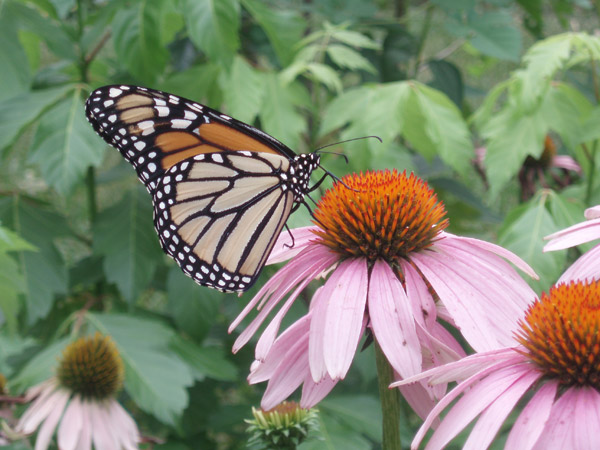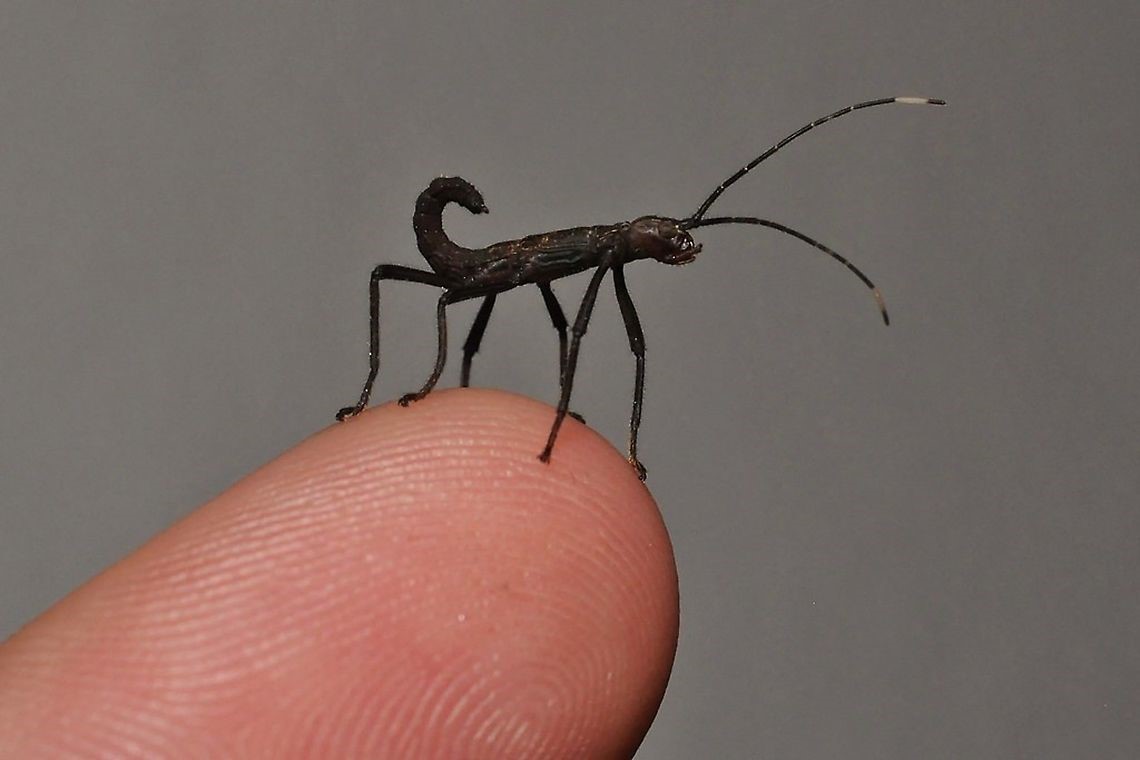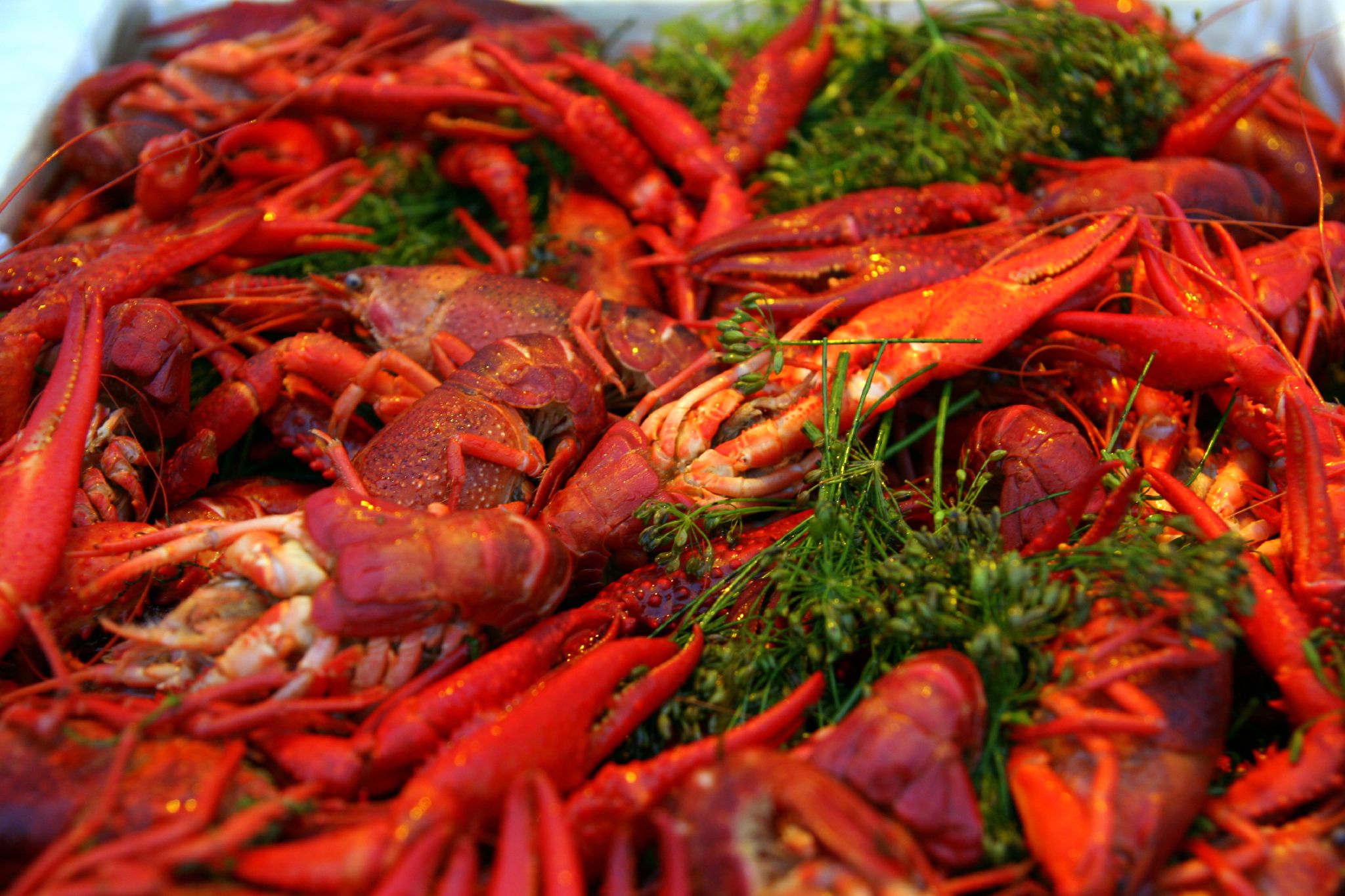As the obligate host plants for monarch caterpillars, milkweeds are a staple in any butterfly habitat garden. However, milkweed is not just for monarchs! Many other insects call the genus Asclepias home, giving rise to the concept of a “milkweed village.”
Milkweed plants produce bitter tasting toxins called cardiac glycocides, and insects that eat milkweeds have evolved to use these to their advantage, sequestering the toxins in their bodies to protect themselves from predators. Most, if not all milkweed-eating insects have markings of black and orange or yellow, a type of aposomatic coloration that warns predators of their horrible flavor. If a predator such as a bird, lizard, or spider were to eat one of these insects, it would spit it out. The next such insect would be avoided, as its coloration would remind the predator of its foul flavor.
Most butterfly gardeners have encountered the bright yellow oleander aphid, Aphis nerii, which congregates on the new growth, flowers, and developing seed pods of milkweed plants. Aphids are phloem feeders, meaning that they suck the sap, along with the toxins, out of the plant’s vascular tissue.
The presence of these aphids on milkweed attracts a number of predatory insects. Ladybug larvae and adults (Hippodamia spp. and others) are important predators of milkweed aphids. Other small beetles such as mealybug destroyers, Cryptolaemus montrouzieri, and scale destroyers, Lindorus lopanthae, eat aphids along with other small sap-feeding insects. These beetles are interesting creatures in that their larval stage looks just like their namesake (i.e., mealybugs and scale, respectively).
The maggot-like larvae of syrphid flies also eat aphids, sucking their bodies dry. Syrphid pupae look like little brown or tan teardrops. If you notice these on your milkweed plants, leave them in place to ensure another generation of these beneficial flies.
Tiny parasitic wasps such as braconids lay their eggs in aphids’ bodies. The wasp larvae feed on the inside of the aphid until they pupate, then exit as an adult wasp through a tiny hole in the aphid’s exoskeleton. The leftover brown “shell” is called an aphid mummy. These mummies are a good sign that your aphids are being parasitized. Don’t worry, these wasps don’t harm monarch caterpillars.
With all of these great beneficial insects around, I hardly had to spray our milkweed crop at the museum with any insecticidal soap this year. However, if the aphid population on your milkweeds gets to be overwhelming, the best way to knock them back is to spray them off the plants with a sharp stream of water. Try to avoid damaging or knocking off any beneficial insects in the process.
Other “pests” of milkweed plants include the milkweed leaf beetle, Labidomera clivicollis. These chunky, orange and black beetles and their larvae feed on milkweed leaves.
Large milkweed bugs, Oncopeltus fasciatus, are also common in the southern United States. These oblong-shaped, sap-sucking true bugs are orange and black and mostly feed on the developing seeds, flowers and nectar of milkweed plants. They don’t usually cause much damage.
Now we come to the most familiar milkweed inhabitant – the monarch butterfly, Danaus plexippus. As we all know, monarch caterpillars eat voluminous quantities of milkweed leaves, and display the textbook aposomatic coloration of white, black and yellow stripes. Their chrysalids, or pupae, are a gorgeous jade green with gold lines and spots.
Here in Houston we sometimes encounter another milkweed visitor – the queen butterfly, Danaus gilippus. Queen caterpillars look very similar to the monarch, but they have three pairs of tentacles instead of the monarch’s two. Their chrysalids are also similar, but are a bit smaller and may sometimes be a pale pink rather than green.
Like everything else, monarchs are part of the food chain, and are preyed upon or parasitized by a number of different organisms. One of their most prevalent parasites is a tachinid fly, a gray, hairy species about the size of a house fly. An adult fly female will lay her eggs on a monarch caterpillar and when they hatch, the maggots burrow inside. The maggots live inside the caterpillar, eating its tissues, until they are ready to pupate. At that point they crawl out of the caterpillar and fall to the ground, where they pupate in the soil The maggots often leave the caterpillar after it has pupated, leaving a trail of slime that dries up and looks like white strings hanging from the chrysalis. These strings are tell-tale signs of a tachinid fly infestation.
Assassin bugs, Zelus sp., are frequent visitors to milkweed plants. This true bug will stab monarch caterpillars with its rostrum or beak, paralyzing the victim and liquefying its insides, making it easier to consume.
Vespid wasps are another important predator of monarchs. The familiar large red wasps, Polistes carolinus, and the smaller yellow and black European paper wasp, Polistes dominulus, both hunt caterpillars as food for their own hungry larvae. Once a wasp finds a host plant with caterpillars, she will come back regularly to check for more, especially in the summer months when wasps are the most active. This can be upsetting to butterfly gardeners. To protect your caterpillars from these all-too-efficient predators, place a screen such as a pop up or mesh laundry hamper between them and the wasps.
Finally, a parasite of notable concern that specifically affects monarchs (and also queens) has emerged on the scene of butterfly gardening. This protozoan parasite, Ophryocystis elektroscirrha, commonly known as Oe, begins with a dormant spore, usually deposited by an infected female monarch as she lays her eggs on a milkweed. When the caterpillars hatch and begin to eat, they consume the Oe spores along with the leaf. Once inside a caterpillar’s gut, the spores become active and reproduce several times. When the butterfly emerges from its pupa, it is covered in dormant Oe. spores, giving rise to the next generation of infected monarchs. Mildly infected butterflies may show no sign of infection but as Oe levels build up, they eventually cause problems such as weakness, deformity, and even death.
The annual migration to Mexico each fall helps to weed out infected butterflies, which are usually too weak to make the long trip and die along the way. However, some monarchs don’t migrate and may stay in the Houston area all winter long. In the south, butterfly gardeners primarily grow tropical milkweed, Asclepias curassavica, which unlike the native milkweeds does not die back to the root in the fall. Oe spores can remain viable on the leaves of this perennial species for some time, infecting the next generation of caterpillars that eats them. As this situation repeats, it can cause populations of severely infested monarchs. We therefore encourage butterfly gardeners to cut back their tropical milkweed every spring after the first generation of monarchs arrive and eat the milkweed down, and then again in the fall before or during the migration, so that the butterflies will be encouraged to migrate and not overwinter here.
With all of these challenges, it’s no wonder that only five to ten percent of monarch eggs make it to adulthood. Keep in mind however, that monarchs are an important part of the food chain and without their survival and natural demise, our native ecosystem would not be as diverse as it is. In any case, human interactions with the environment have caused the most damage to monarch populations – huge amounts of monarch habitat has been lost due to the expansion of agricultural land and use of Roundup Ready crops. Planting butterfly-friendly gardens, especially if they include milkweed, can help mitigate this loss of habitat.
You can do your part by attending our fall plant sale at the Houston Museum of Natural Science. Stock up on the nectar plants that monarchs need to fuel their migration as well as host plants for native butterflies.
The sale will be held on Saturday, October 11th from 9:00 a.m. until noon (or until plants are gone), and will take place on the 7th level of the museum parking garage. Remember, the early bird gets the larva, so to speak, and don’t forget your wagon!



















